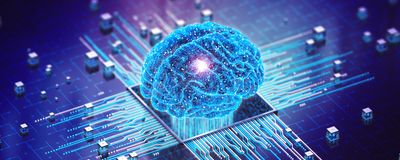Biochemistry
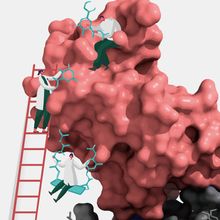
Leveraging Recombinant Kinases for Drug Discovery Research
The Scientist and Sino Biological | Dec 26, 2024 | 3 min read
As kinase dysfunction underlies many pathological conditions, scientists require high-quality active kinases for their therapeutic development programs.
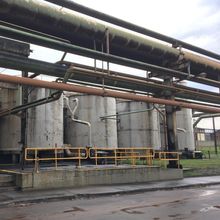
Not All Bacteria are Bad in Biofuel Production
Shelby Bradford, PhD | Dec 16, 2024 | 2 min read
Long seen as collective contaminants, some bacterial species actually promote bioethanol production.

How Dietary Fructose Fuels Tumor Growth
Sneha Khedkar | Dec 13, 2024 | 4 min read
The liver breaks down dietary fructose into lipids that are used by cancer cells to boost their growth in mice.
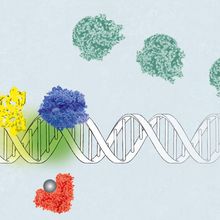
The Regulation of the lac Operon
Shelby Bradford, PhD | Dec 13, 2024 | 4 min read
Gene expression of lactose-digesting genes is controlled by the lac operon that accounts for varying amounts of lactose or glucose in the cell.
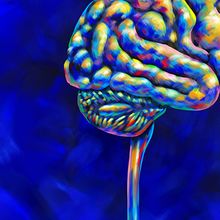
Trippy Science Unravels the Mystery of Psychedelics’ Antianxiety Effects
Iris Kulbatski, PhD | Dec 12, 2024 | 4 min read
Researchers mimic the antianxiety effects of psychedelics by identifying and activating specific brain regions in an important step towards developing therapeutics that do not cause hallucinations.
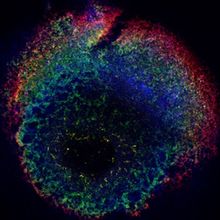
Scientists Get to the Heart of Blood Formation
Iris Kulbatski, PhD | Dec 11, 2024 | 4 min read
Researchers tweak heart-forming organoids to produce blood cells, in a process that mimics embryonic development.
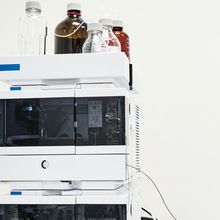
What Is Proteomics?
Sejal Davla, PhD | Dec 9, 2024 | 7 min read
Explore proteomics concepts, approaches, and data analysis.
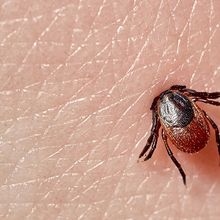
What Makes a Tick Stick?
Sahana Sitaraman, PhD | Dec 6, 2024 | 5 min read
Ticks form a stable structure around their mouth to stick to their hosts for days. Phase transitions of proteins in the tick saliva drive this adhesion.
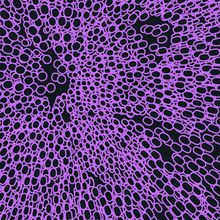
Optimizing Tissue Dissociation for High-Yield Single Cell Recovery
The Scientist and Bertin Technologies | Dec 3, 2024 | 3 min read
Multi-tissue dissociation kits provide a versatile and robust solution for streamlining single-cell dissociation workflows.
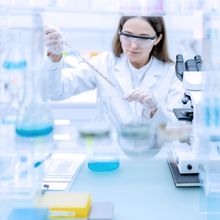
Improving Drug Analysis with Supercritical Fluid Chromatography
Shimadzu | Dec 2, 2024 | 1 min read
Researchers easily separate chiral and achiral compounds for drug analysis and purification.

A Beneficial Bacterium Helps Wounds Heal
Sneha Khedkar | Dec 2, 2024 | 5 min read
A bacterium found in the wound microbiome can accelerate healing, highlighting the potential for microbiota-based wound therapies.
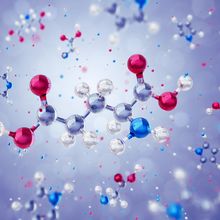
Protein Makeover with Custom Amino Acids
Laura Tran, PhD | Dec 2, 2024 | 2 min read
With a plug-and-play strategy, researchers engineer proteins with new functions.
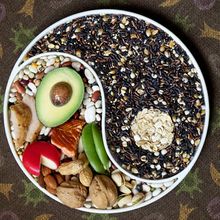
A Keto Diet Could Enhance Cancer Drug Effectiveness
Paige Nicklas | Nov 29, 2024 | 4 min read
In mice, a ketogenic diet remodeled the translatome of pancreatic cancer cells, rendering them vulnerable to targeted therapy.
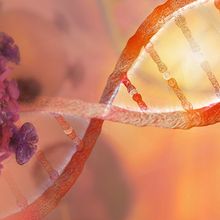
How Some Cancer Cells Survive Chemotherapy
Sahana Sitaraman, PhD | Nov 26, 2024 | 4 min read
Chemotherapy drugs can kill cancer cells by halting DNA replication, but a glucose-depleted environment can help cancer cells overcome this effect and resist death.
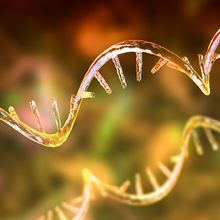
Probing the Structure of mRNA Molecules
Shimadzu | Nov 25, 2024 | 1 min read
Learn how scientists examine mRNA quality using an easy-to-operate LC-MS system.
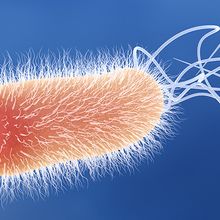
Pseudomonas Bacteria Escape Immunity by Disrupting Energy Production in Macrophages
Kamal Nahas, PhD | Nov 25, 2024 | 4 min read
Pseudomonas infections are tough to treat, but a new study reveals a chemical they use to subdue macrophages, suggesting new therapeutic avenues.
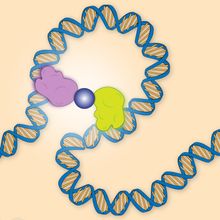
Combining Bacterial Systems Offers a New Approach to Gene Regulation
Shelby Bradford, PhD | Nov 22, 2024 | 4 min read
Researchers turned programmable proteins into a novel genetic tool, potentially enabling tighter control of gene expression.
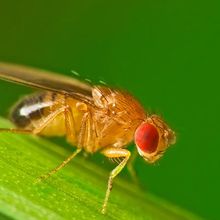
How the Fly Brain Knows When to Release Insulin
Sneha Khedkar | Nov 21, 2024 | 4 min read
An enzyme synthesized in the fly gut travels to the brain, where it induces insulin-like peptide secretion.
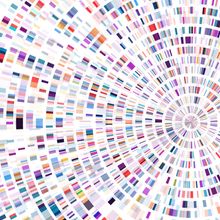
Streamlining NGS Sample Preparation with Automation
The Scientist Staff | Nov 15, 2024 | 2 min read
Cutting-edge microfluidics enables full automation of NGS protocols.
